This breakthrough technology is great for both asteroid mining and determining whether an asteroid poses a threat to our planet.
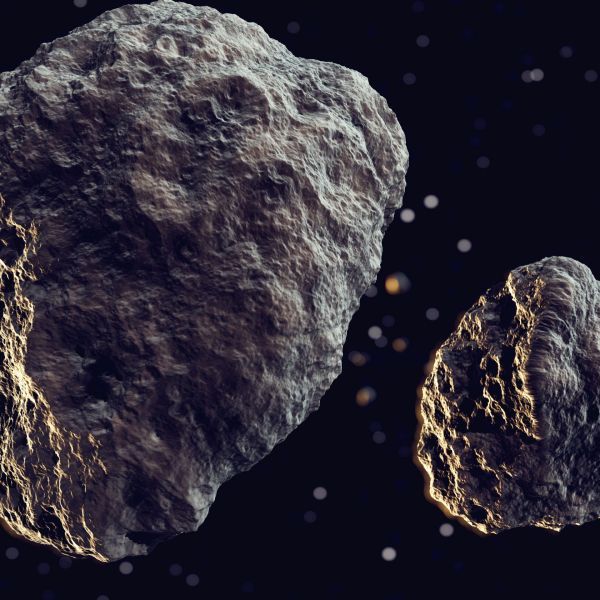

This breakthrough technology is great for both asteroid mining and determining whether an asteroid poses a threat to our planet.
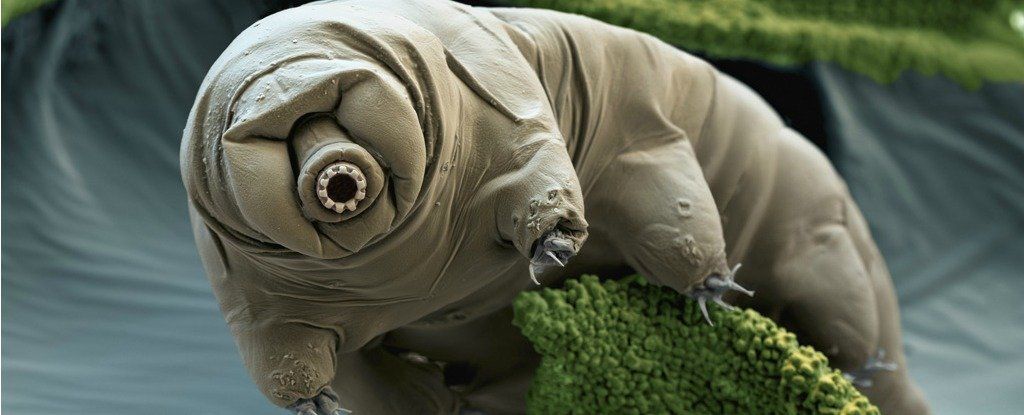
Scientists have sequenced the entire genome of the tardigrade, AKA the water bear, for the first time. And it turns out that this weird little creature has the most foreign genes of any animal studied so far – or to put it another way, roughly one-sixth of the tardigrade’s genome was stolen from other species. We have to admit, we’re kinda not surprised.
A little background here for those who aren’t familiar with the strangeness that is the tardigrade – the microscopic water creature grows to just over 1 mm on average, and is the only animal that can survive in the harsh environment of space. It can also withstand temperatures from just above absolute zero to well above the boiling point of water, can cope with ridiculous amounts of pressure and radiation, and can live for more than 10 years without food or water. Basically, it’s nearly impossible to kill, and now scientists have shown that its DNA is just as bizarre as it is.
So what’s foreign DNA and why does it matter that tardigrades have so much of it? The term refers to genes that have come from another organism via a process known as horizontal gene transfer, as opposed to being passed down through traditional reproduction.

Redmond, Wash. – November 25, 2015 – Planetary Resources, the asteroid mining company, applauds President Obama who signed the U.S. Commercial Space Launch Competitiveness Act (H.R. 2262) into law. This law recognizes the right of U.S. citizens to own asteroid resources they obtain and encourages the commercial exploration and utilization of resources from asteroids.
“This is the single greatest recognition of property rights in history,” said Eric Anderson, Co-Founder and Co-Chairman, Planetary Resources, Inc. “This legislation establishes the same supportive framework that created the great economies of history, and will encourage the sustained development of space.”
Peter H. Diamandis, M.D., Co-Founder and Co-Chairman, Planetary Resources, Inc., said, “A hundred years from now, humanity will look at this period in time as the point in which we were able to establish a permanent foothold in space. In history, there has never been a more rapid rate progress than right now.”
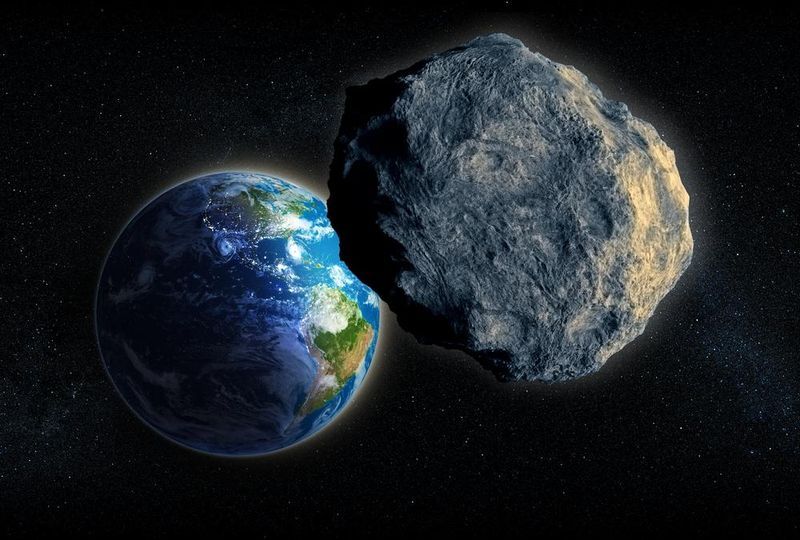
Asteroids are primordial material left over from the formation of the Solar System. They are scattered throughout it: some pass close to the Sun, and others are found out beyond the orbit of Neptune. A vast majority have been collected by Jupiter’s gravity into a belt between it and Mars – an area known as the Main Belt. As it turns out, we have been discovering thousands of asteroids that do not belong to the Main Belt, but instead pass near Earth’s orbit – nearly 9,000 to date, with almost a thousand more are discovered every year.
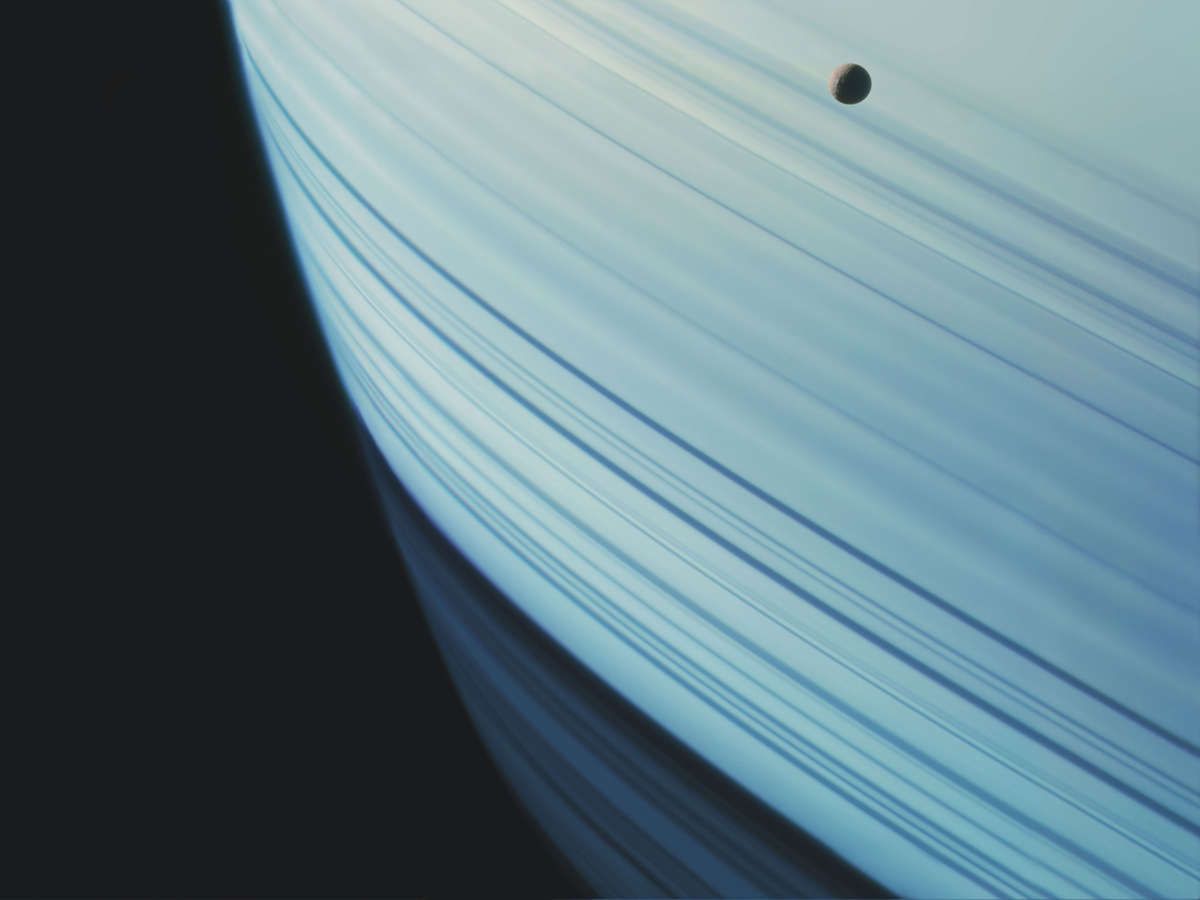
“Instead of buying photos of our solar system, artist Michael Benson decided to create his own—and to do it better. The longtime space aficionado learned to piece together mosaics by combining hundreds of NASA images into one planetary landscape. Spacecraft typically record in various color filters to see different elements of the same view. By overlaying them, Benson creates a detailed, true-color picture of the cosmos.”
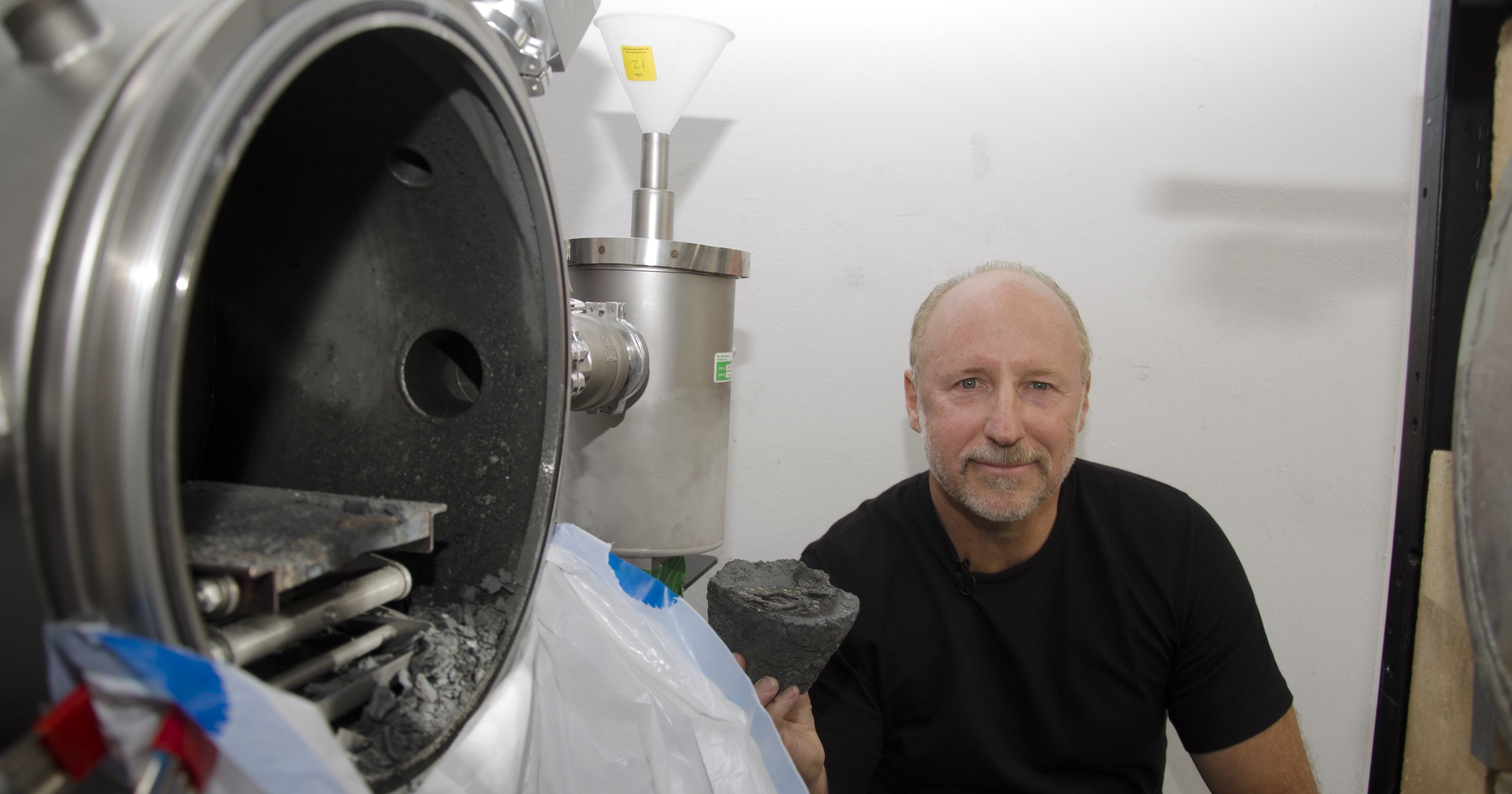
A new method of mining asteroids for rocket fuel and water was successfully tested at White Sands Missile Range Nov. 13.
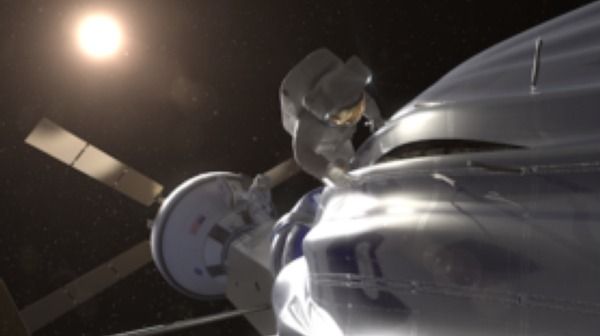
New legislation and interest from a number of private ventures could lead to extraction of valuable minerals from asteroids—and sooner than you might think.
STAFFBy Richard Yonck on November 24, 2015 3.
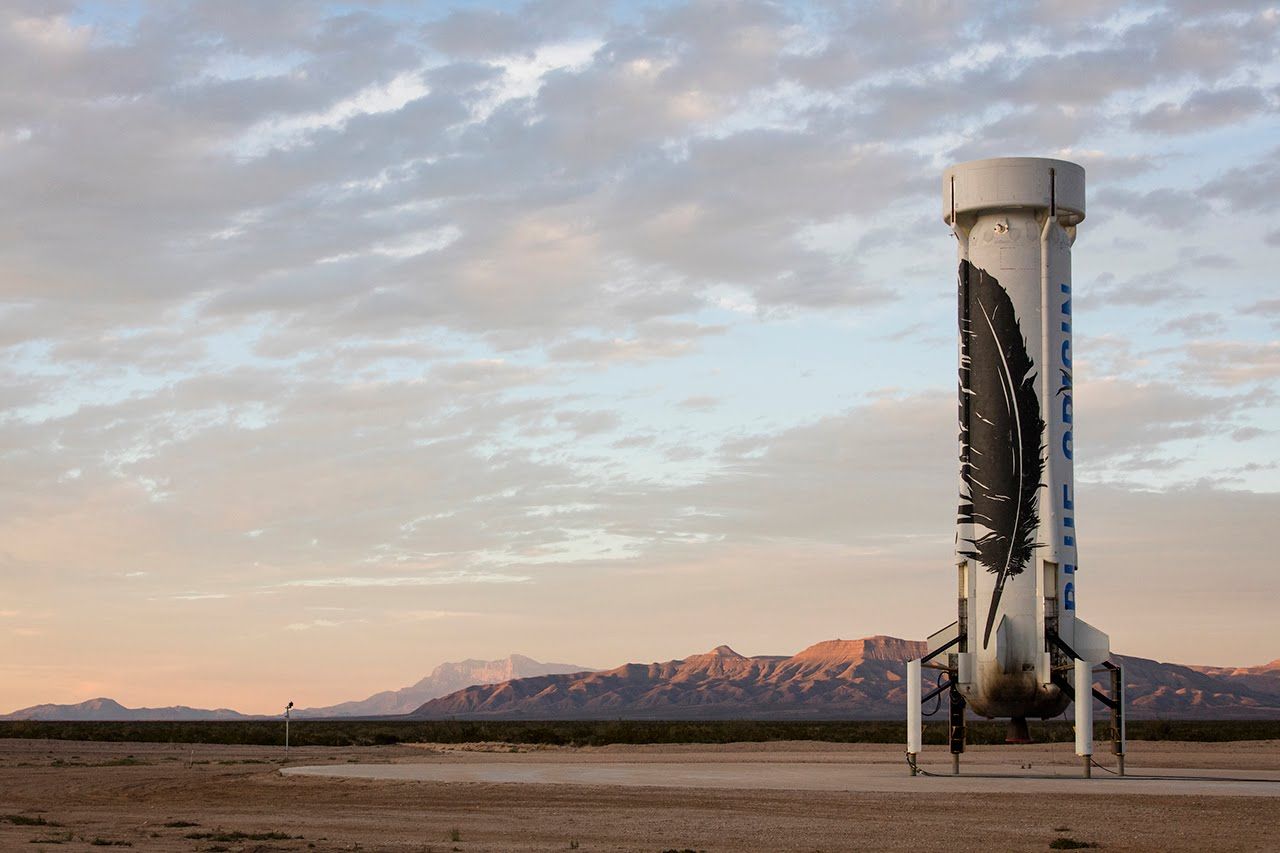
First successful reusable rocket landing from space!!
Blue Origin’s New Shepard space vehicle successfully flew to space, reaching its planned test altitude of 329,839 feet (100.5 kilometers) before executing a historic landing back at the launch site in West Texas.
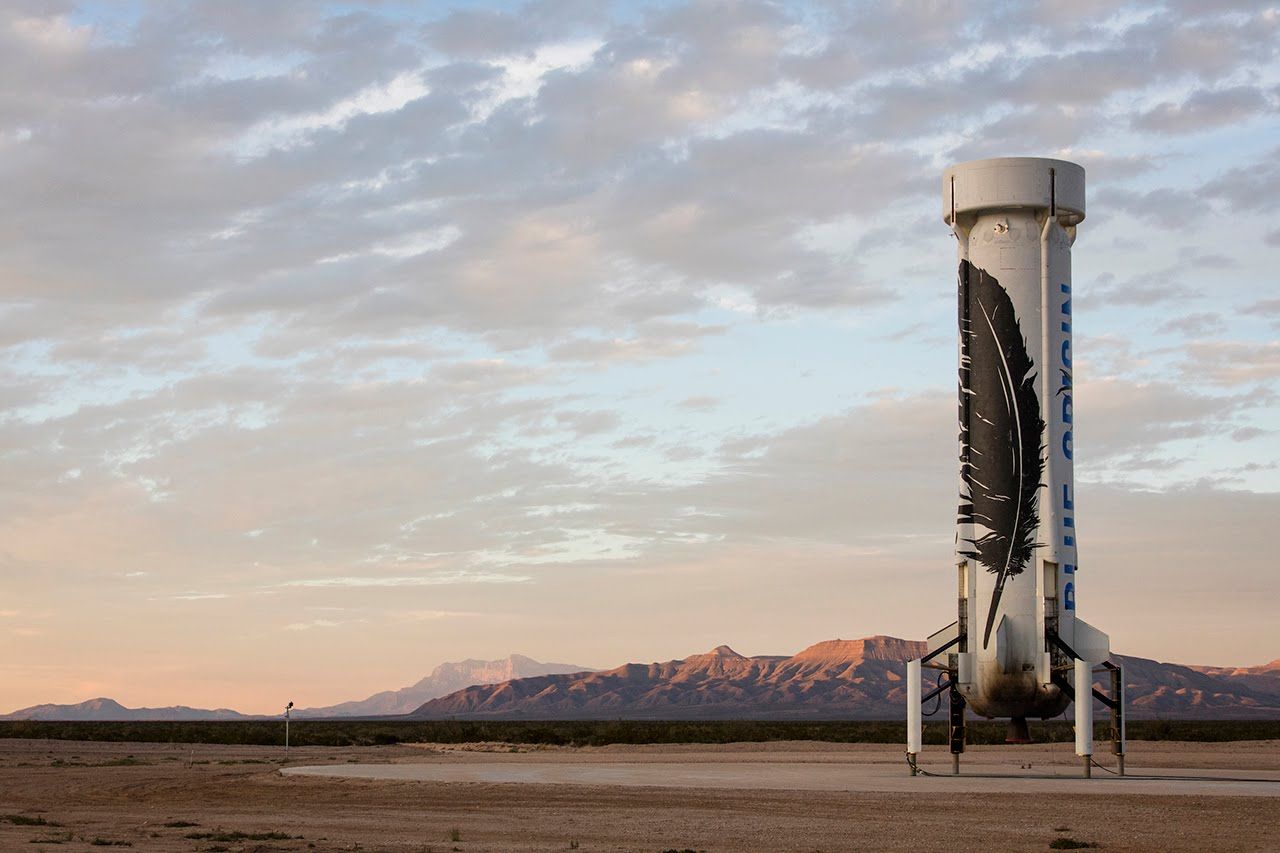
Private spaceflight company Blue Origin, helmed by Amazon founder Jeff Bezos, says it has landed its main rocket, New Shepard, back on Earth after launch. That would make it the first rocket ever to have gently landed and remained intact after taking off into space. It also means that Blue Origin has beaten SpaceX in the race to make the first reusable rocket; the Elon Musk-led space venture has been trying to soft-land its main rocket, the Falcon 9, for the past year.
To commemorate the landing, Bezos tweeted for the first time since setting up his Twitter account seven years ago.
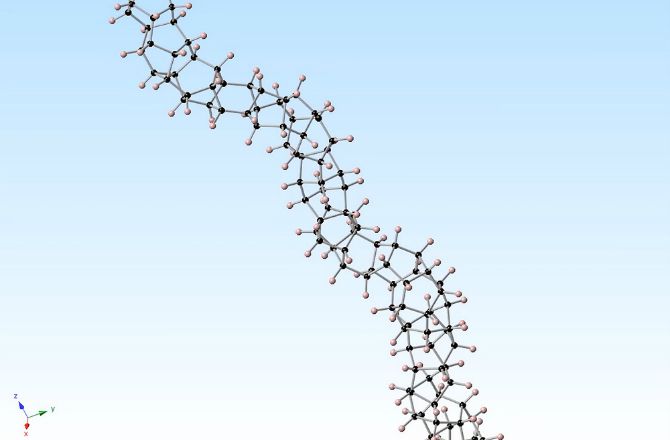
A string of benzene molecules that’s 20,000 times smaller than a strand of human hair is the strongest material ever made.